Ask any trainer or competitive rider, “What is the key to successful horse training?” and they will tell you it’s CONSISTENCY. You play the way you practice. As prey animals, horses respond better when they can more accurately predict what to expect and eliminate the fear factor. Riders need consistency for reliable results and confidence in the saddle. Here are six components of horse training consistency and how you can incorporate them at any skill level.
Consistency Defined
Consistency is a horse’s ability to repeatedly perform learned skills, whether it only knows how to walk and stop or how to piaffe in the dressage ring. There is no guessing whether your horse will stay on the correct lead or execute a half halt properly. The horse responds the same way every time you give a cue or use an aid.
Consistency doesn’t just apply to the horse; consistency also means the rider performs predictably and with intention. This reinforces learned behaviour in the horse, instils self-discipline in the rider, and reduces anxiety for both parties.
Total Training Time
Many riders have a variable sense of time when they work with their horses, either under-or overestimating the number of minutes they put into daily, weekly, and monthly training. Under-training, a horse can result in subpar fitness and deficient skills in competition, while over-training can produce discomfort, injuries, and behavioural issues in the horse.
Appropriate regularity and frequency of training produce both fitness and retention. Through repetition, the horse learns to make mental connections and develop muscle memory and become comfortable enough to overcome fear.
Time in Each Gait
The amount of time spent in each gait should be consistent once the horse is familiar with all of them. It’s tempting to canter around the arena when it’s the trot that’s problematic, so quantifying your session can help you realise you’re cheating both yourself and your horse out of what is needed by avoiding more challenging gaits.
Training Pattern
There’s a reason ballet dancers execute every movement in the classroom on both the right and the left sides: balance. Do you always go the same way around the arena because your horse prefers one side over the other? Is your horse on the forehand? A uniform, even-sided training pattern is vital to maintain your horse’s musculoskeletal system and to make your horse more mentally flexible too.
Horse’s Fuel
Once you know what your horse needs to eat to maintain a healthy weight and give peak performance, you need to be consistent about its diet. This means keeping track of treats, measuring grain (AKA “hard feed” in the UK), knowing how much forage your horse gets, and religiously weighing hay, rather than just feeding what looks right. Pay attention to how much feed is left on the ground and your horse’s manure too.
Training Plan
When you slip into your riding gear, are you already thinking about the day’s training plan, or do you wing it depending on the mood of the day? It’s better to save the rides without a plan for when you’re relaxing on the trail and to have a game plan when you enter the arena. If your horse is unpredictable at the start of a session, a few minutes of longing can help you evaluate its status and set the tone for work under the saddle. Even better, give some time to build a training plan for the week, month, and season, so you have both long-term and short-term goals.
Mood and Motivation
As prey animals, most horses are ultra-sensitive to their riders’ moods. If you start a training session when you’re down in the mouth, your horse will undoubtedly pick up on it. Ideally, you want to maintain consistent motivation with each ride. One of the best ways to stay motivated is knowing you are making progress with your horse and capitalising on that momentum. Remind yourself of the small victories when faced with a plateau or disturbing training pattern.
Tools to Improve Consistency
The key to improving the consistency of your horse training involves three components: planning, quantifying, and record keeping. While there are apps to record some of the consistency elements listed above, and you could arduously keep tallies and log training on a self-made spreadsheet, a better solution is a device like Estride. Estride is a bio-mechanical fitness tracker that helps riders make the most of their training sessions.
By applying nodes in special strap-on boots to the horse during riding, you can send data from your ride via radio frequency (RF) technology to a controller, which can then upload the information to the Cloud for you to access from any computer. Estride can measure:
- Total minutes riding
- Training pattern (gaits graphed as a function of time)
- Weekly training time and schedule
- Total number of steps taken
- Number of strides in each gait
- Calories burned by both horse and rider
- Number of jumps taken
Estride also offers a consistency score based on the standard deviation of normal gaits, as well as your horse’s common patterns learned by the machine over time. An additional feature is a lameness risk assessment based on gait changes–ideal for rehabbing horses or horses with a history of soundness issues. You can use the advanced functions of Estride to make predictive analyses of future training sessions and thereby set goals for subsequent rides.
The higher your riding ambition, the more you need to know whether your training is getting the job done and how to plan for future training sessions. Use Estride, and with every ride, you will know precisely whether you are accomplishing what you set out to do at the start of a ride and whether you are achieving your goals for training consistency.


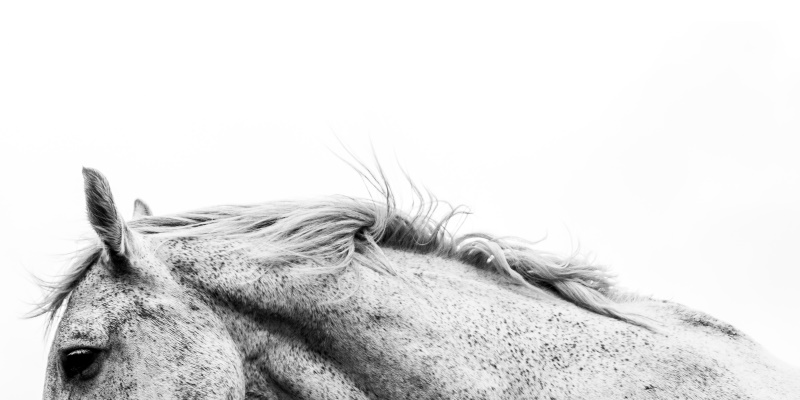
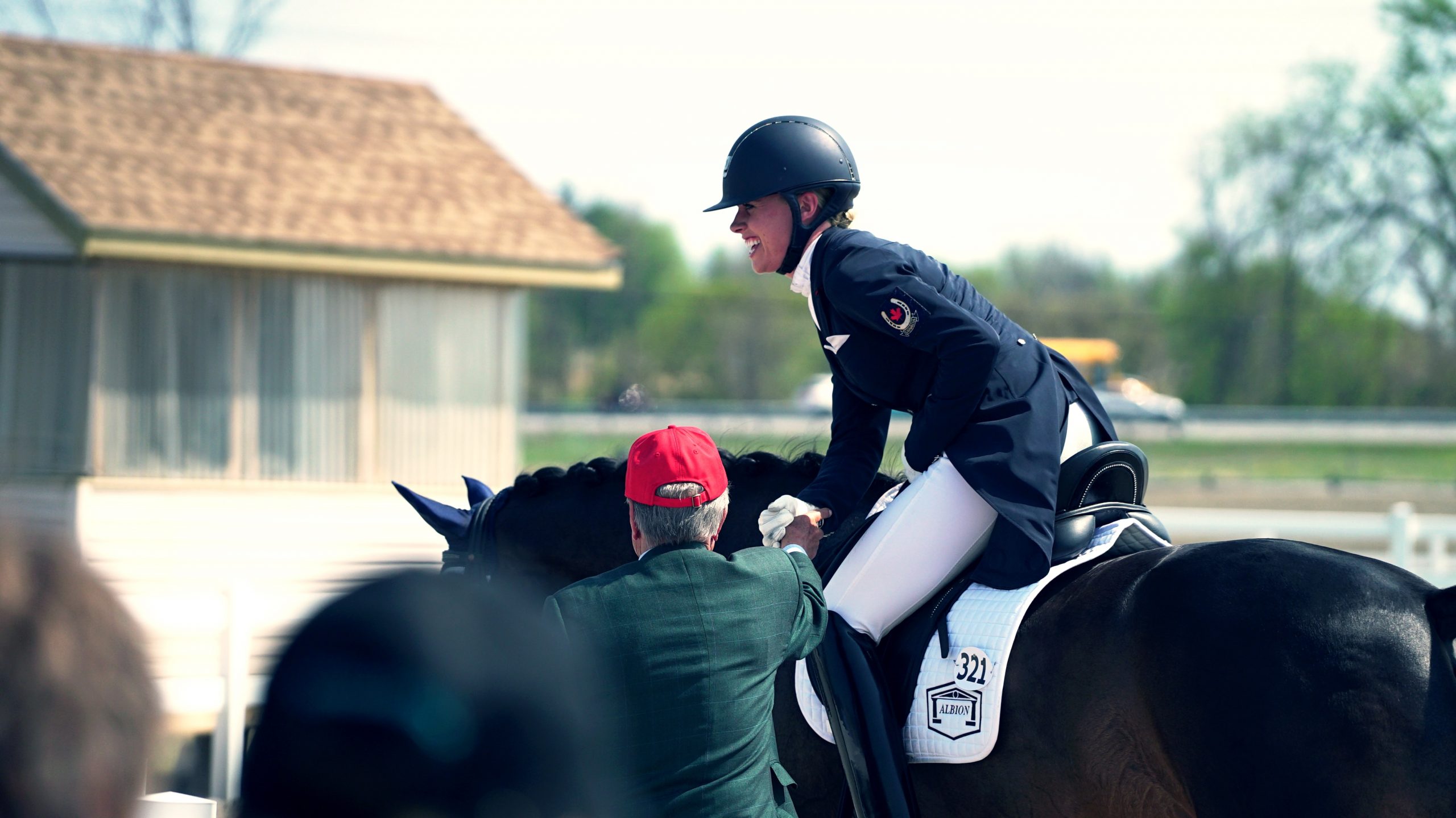
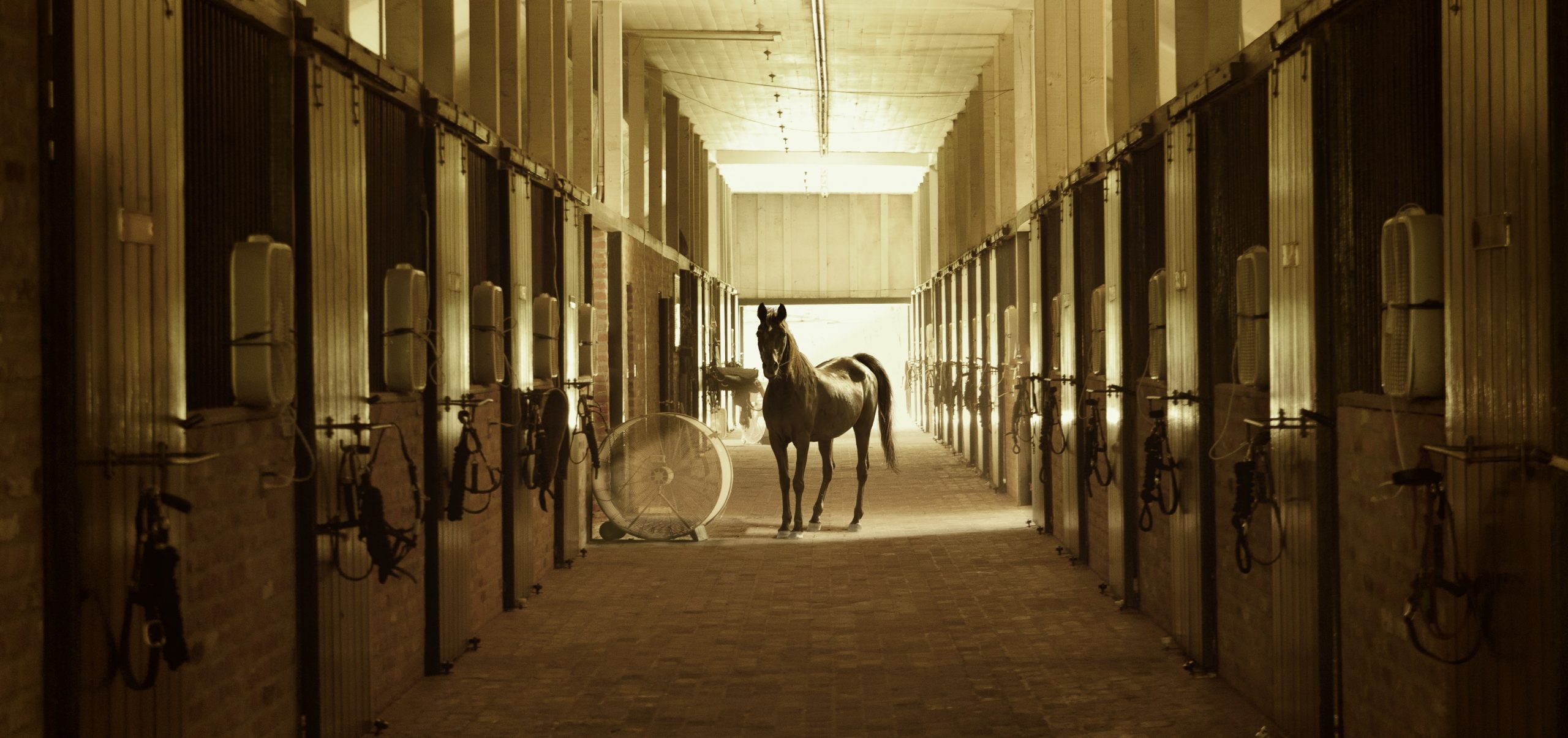
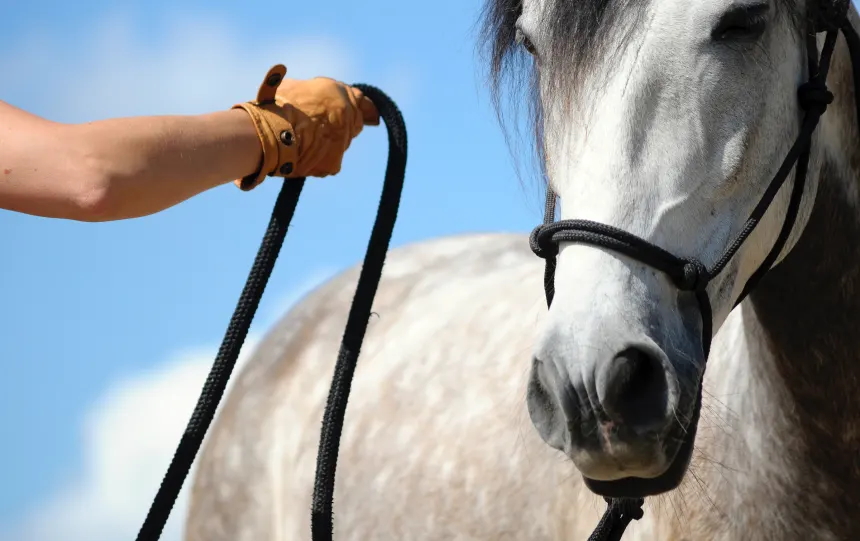
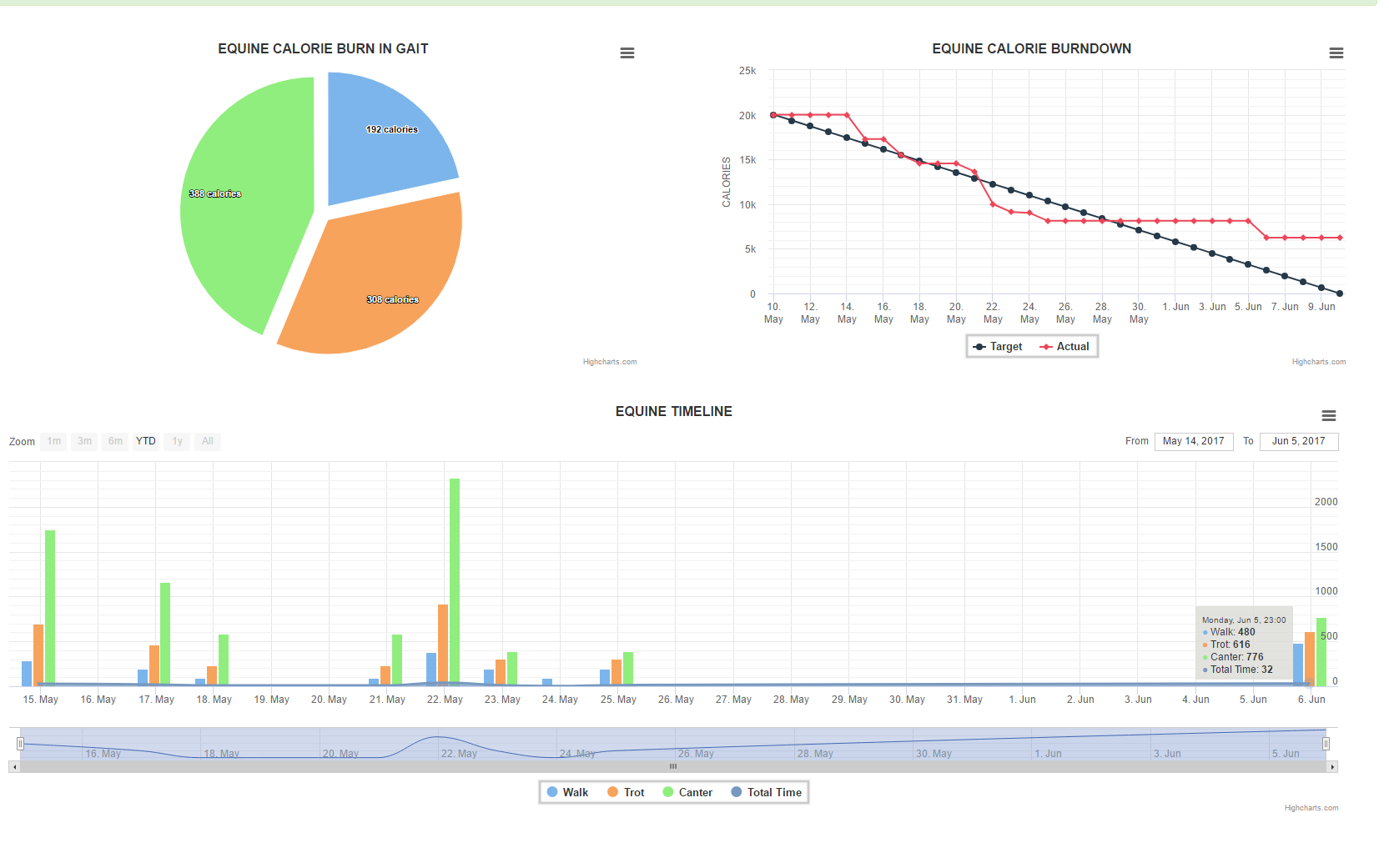
Leave A Comment